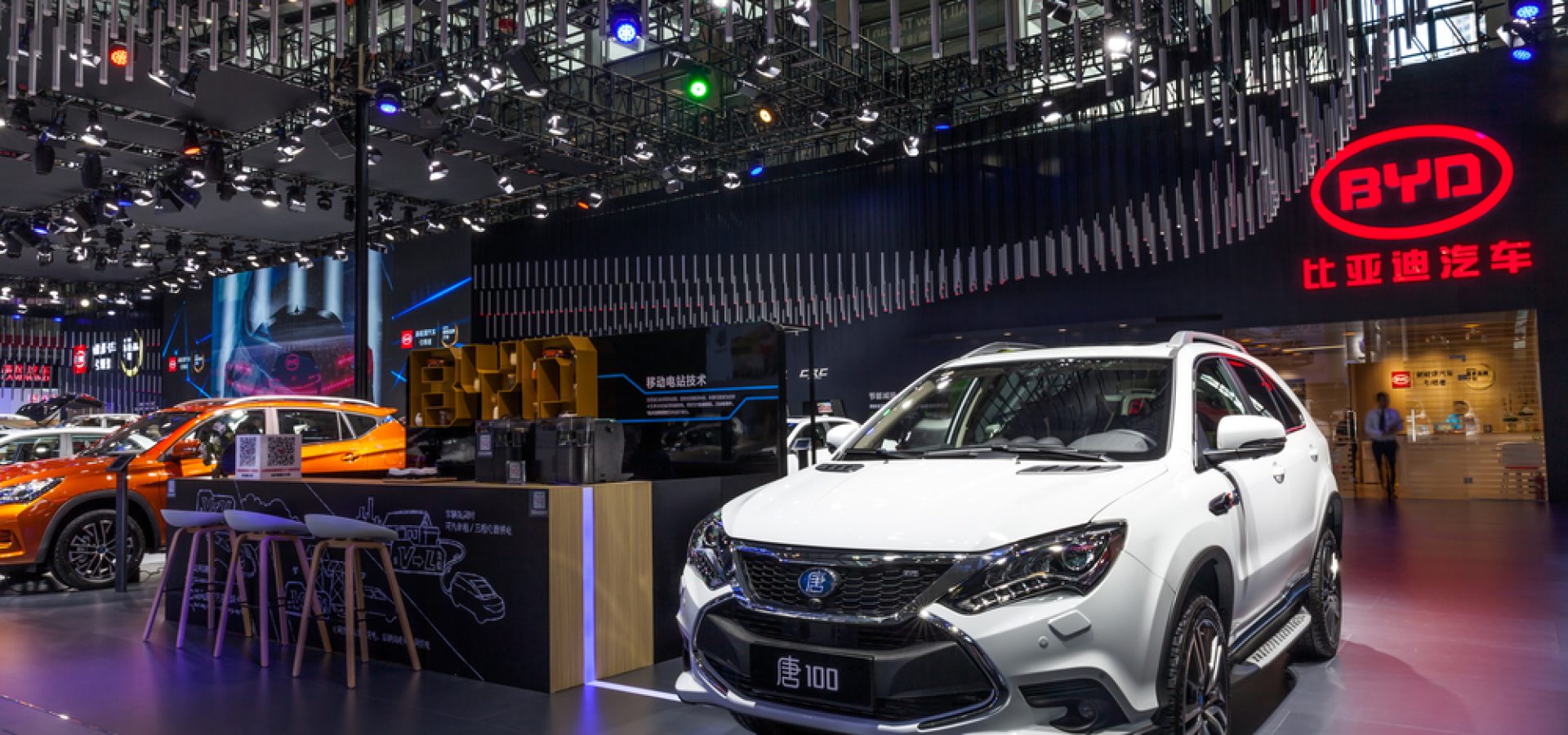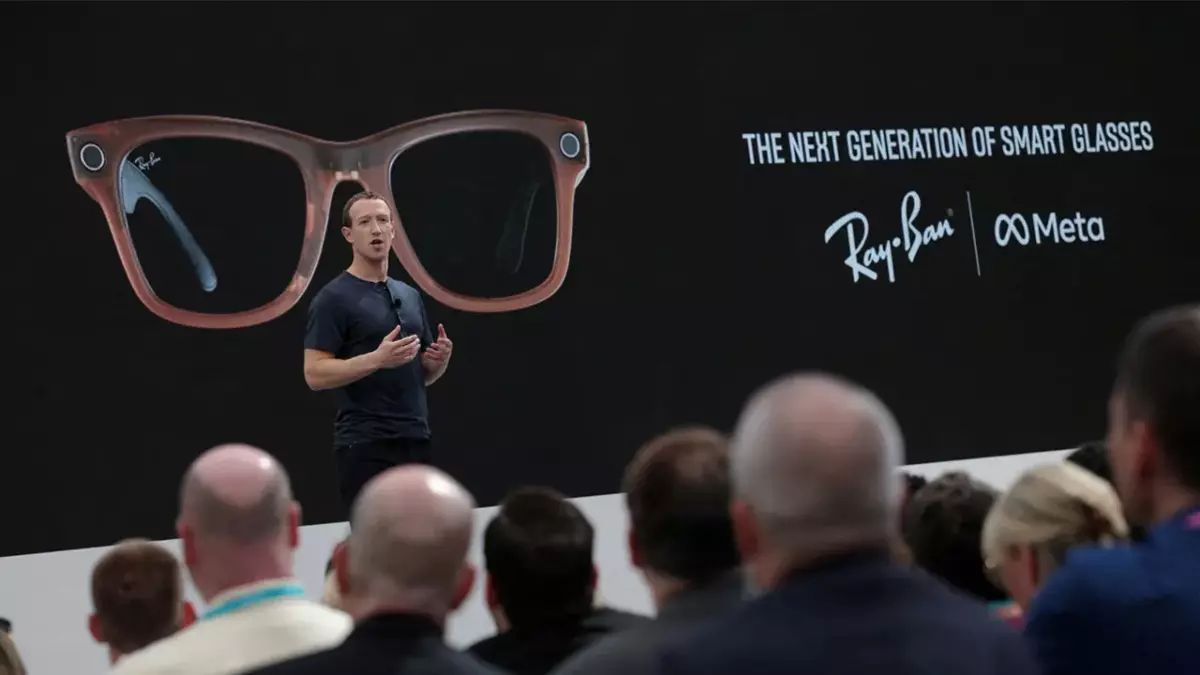Quick Look
- Introduction of smart charging stations with advancements in technology and accessibility.
- The role of commercial electric vehicle charging in supporting urban development and sustainable travel.
- Economic and social benefits spurred by the growth of EV charging infrastructure.
- U.S. DOE invests $30 million in the CIRCULAR program to enhance EV battery technology.
- Industry challenges include high interest rates affecting EV demand and Apple’s shift away from its electric car project.
The journey of electric vehicle (EV) charging solutions has seen remarkable evolution. The industry evolved from basic, slow charging stations in private and select business locations to the sophisticated, smart charging infrastructure we see today. Initially, the push for EV adoption was hindered by limited charging options. However, a shift in technology and mindset towards sustainable travel has catalyzed significant investments in EV charging technology, paving the way for an era of innovation and accessibility.
Smart Stations & CaaS: EV Tech Revolution
As demand for EVs soared, the need for efficient and accessible charging solutions became imperative. This led to the introduction of smart charging stations equipped with features like real-time data monitoring, remote accessibility, and dynamic load management. The emergence of charging-as-a-service (CaaS) models further revolutionized the landscape, making EV charging more accessible and flexible for users. Additionally, leveraging digital marketing strategies to promote these charging solutions has played a crucial role in educating the public about the benefits of EVs and fostering a more sustainable future.
Electric Vehicle Stations Reshape Urban & Social Spaces
The integration of EV charging stations into urban planning has emerged as a critical component of creating sustainable cityscapes. Commercial charging stations are now commonplace in shopping centres, office complexes, and public parking areas. They are facilitating sustainable travel and transforming urban spaces into social hubs. This strategic placement encourages community among Electric Vehicle users and supports long-distance travel, effectively addressing range anxiety and promoting the use of green technology.
EV Infrastructure Spurs Economic & Social Growth
The proliferation of EV charging infrastructure has stimulated growth across various sectors, including manufacturing, technology, service, and hospitality while creating jobs and fostering innovation in the automotive and energy sectors. By making EV charging more accessible, it’s democratizing green technology and fostering a sense of community among users, marking a significant step towards environmental sustainability and social connectivity.
U.S. DOE’s $30M Bet on EV Battery Futures
In a monumental move, the U.S. Department of Energy (DOE) has allocated $30 million to the CIRCULAR program, focusing on enhancing EV battery technology through improvements in materials/designs, pack designs for recovery, cell-level sensing, and sustainable business models. Despite challenges like increasing energy density and fostering a market for recycled materials, this investment aims to produce cheaper, more sustainable Electric Vehicles, accelerating the transition to clean transportation.
Apple Exits Electric Vehicle Race Amid Market Challenges
Recent developments have led to Apple cancelling its electric vehicle project. Consequently, the company is redirecting resources to its AI division. This decision comes amidst challenges such as high-interest rates and reduced demand for EVs. Furthermore, this shift underscores the volatile nature of the EV industry. Additionally, it highlights the need for continuous innovation and adaptability. These qualities are essential to overcome hurdles and sustain growth.
On another note, the trajectory of commercial EV charging solutions is evolving. Initially, this evolution reflects a dynamic blend of technological advancement. Moreover, it incorporates societal change and environmental consciousness. Together, these factors are driving us towards a more sustainable and interconnected future.









COMMENTS